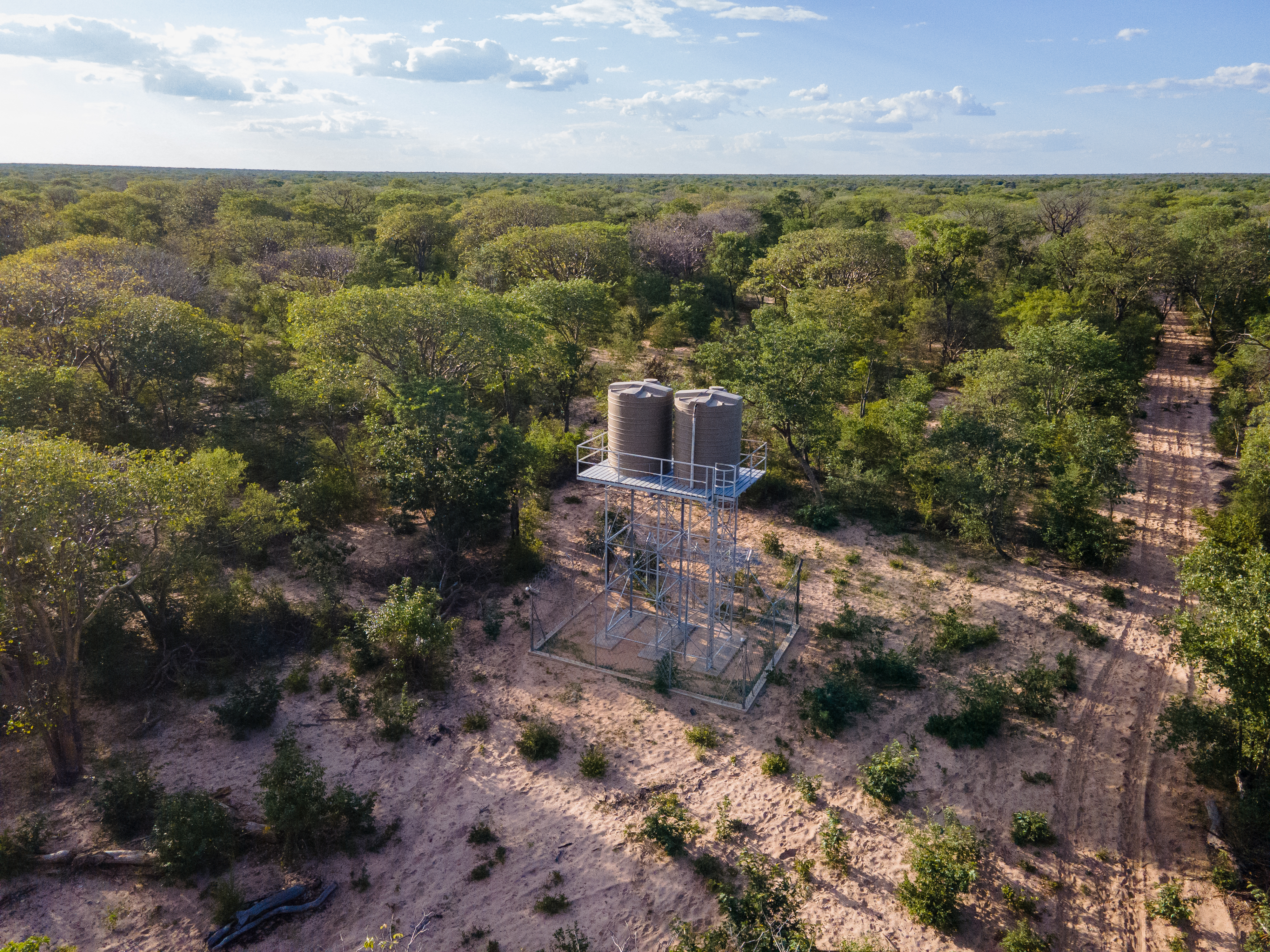
4 minute read
Unlocking the beauty of Namibia The NILALEG project
Namibia, a land of stunning landscapes, rich biodiversity and diverse cultures, faces a unique challenge: balancing the preservation of its natural treasures with the pressing need to eradicate poverty. In this evolving tale of environmental conservation and human prosperity, the Namibia Integrated Landscape Approach for Enhancing Livelihoods and Environmental Governance to Eradicate Poverty (NILALEG) emerges as a beacon of hope and innovation.
Gone are the days when tackling environmental issues and promoting sustainable land management could be addressed through isolated efforts. Today, we find ourselves in a world where interconnected problems demand integrated solutions. Enter NILALEG, a transformative initiative aimed at breaking the boundaries between nature conservation, agriculture and governance to create a harmonious coexistence between people and the environment.
A COMPLEX CHALLENGE: ENVIRONMENTAL DEGRADATION AND POVERTY
Namibia’s environmental degradation is not just about the land; it is about the people too. A staggering 70% of the population depends directly on natural resources for their livelihoods. As these resources diminish under the weight of an ever-growing population, the challenges of eradicating poverty and preserving the environment become intertwined like never before.
NILALEG recognises the urgency of this complex challenge and endeavours to change the narrative. It acknowledges that traditional sectoral approaches are no longer sufficient to address the multifaceted issues of poverty, biodiversity loss and food production. Instead, it offers an integrated landscape approach that connects conservation, agriculture, institutions and policies into a seamless tapestry.
THE AMBITIOUS GOALS OF NILALEG
At its core, NILALEG seeks to revolutionise the management of Namibia’s rural landscapes. The project’s overarching goal is to reverse environmental degradation while nurturing sustainable livelihoods rooted in nature. In the absence of such an approach, the densely populated northern regions of Namibia are at risk of deepening poverty and inequality. This downward spiral would come at the cost of forest cover, biodiversity, soil fertility and carbon sequestration, endangering the country’s global environmental commitments and national development objectives.
THE KEY OBJECTIVES OF NILALEG ARE CLEAR:
• Promoting integrated landscape management: NILALEG aims to bring an integrated landscape management approach to key agricultural and forest landscapes, fostering sustainable livelihoods and biodiversity protection while restoring forests as essential carbon sinks.
• Strengthening institutional coordination: The project seeks to enhance institutional coordination and governance mechanisms necessary for successful integrated landscape management.
• Implementation and upscaling: Through on-ground efforts, NILALEG intends to implement the integrated landscape management approach in target landscapes and ensure sustainable financing for its expansion.
• Knowledge management: A robust system for knowledge management, monitoring, evaluation, gender integration and impact assessment is pivotal to NILALEG’s success.
EXPLORING THE FOCAL LANDSCAPES OF NILALEG
NILALEG encompasses a range of focal landscapes, each with its unique challenges and opportunities. Let’s take a closer look at some of them:
• Omaoipanga landscape: Nestled in Namibia’s northwestern regions, this landscape features dry and semi-dry conditions. Livelihoods here revolve around livestock and seasonal crop farming, with a mix of ethnic groups, including the Ovaherero, Ovazemba and Ovahimba.
• Ruacana landscape: Spanning both Omusati and Kunene Regions, Ruacana boasts a diverse topography, from mountainous terrains to flat river basins. Livelihoods range from livestock farming to crop cultivation, with ethnic groups like the Ovandongona, San, Ovatua, Ovahimba and Aawambo making it their home.
• Okongo landscape: In the far eastern Ohangwena Region, Okongo stands out with its flat terrain, woodlands and a mix of livelihoods centred around livestock, dryland cropping and forestry. The Ovakwanyama and San communities are the heart of this landscape.
• Nkulivere landscape: Located in Kavango West Region, this flat landscape features sandy soils and woodlands, supporting rural livelihoods rooted in livestock, cropping and forestry. The Ovakwangali call this landscape their home.
• Zambezi landscape: Situated in the eastern part of the Zambezi Region, this flat landscape comes alive with the rhythms of the Zambezi and Chobe rivers. Livelihoods here include livestock, dryland cropping and the vibrant world of tourism and wildlife conservation, with the Mafwe and Masubia people at the forefront.
NILALEG is not just a project; it is a vision. A vision to transform the landscapes of Namibia, to uplift its people from poverty and to conserve its breathtaking natural heritage. As we journey through the pages of time, let’s keep a close watch as NILALEG weaves its magic, balancing the scales of prosperity and preservation in this remarkable corner of Africa.










